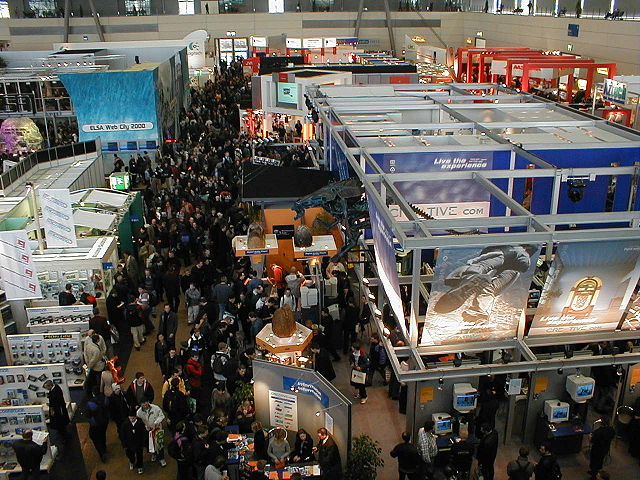Virtual Event Momentum Will Move Strategy And Tech Forward Rapidly
In-person events consistently consume the largest slice of B2B program budgets. In 2019, B2B marketers allocated almost 15% of program spending on average to event marketing.[i] And 55% said they planned to increase this spending in 2020.

Then the coronavirus pandemic came along and changed that.
Social distancing to protect people against virus transmission caused businesses to cancel or postpone in-person gatherings. High-profile events such as CES and NRF have already announced virtual versions in 2021.[ii] For marketers and sellers who rely on user conferences or roadshows to generate demand or accelerate prospective deals, this wholesale blackout spells disaster, especially when 35% of US-based B2B marketing decision makers rank events among the top four most effective tactics for generating demand.[iii]
To find new ways to engage customers and prospects remotely, marketers are pivoting their physical events into virtual experiences using online event technologies. Most find this change difficult and risky. Why? Most virtual event technology today fails to deliver the breadth and fidelity of an in-person experience. Virtual won’t measure up to physical until VR goggles and haptic gloves are in common use. Physical event experiences will continue to draw businesspeople to take time out of their busy schedules, travel to a hotel or conference center, and spend one or more days listening, learning, sharing, and networking.
Shortly, Forrester will publish new research reviewing online event technologies. The choices can be confusing, as providers of all stripes are altering their products and messaging, striking new alliances, and vying competitively for those physical-event dollars. We hope this research will help you sort through your options.
Don’t Let Technology Choices Define Your Event
TechTarget recently interviewed Forrester for an article on virtual event marketing. This quick read shares our view that event technology providers do not yet have the capacity to deliver all the relevant experiences event managers should consider providing in the remote-only versions of their user conferences or other customer-facing events. It also emphasizes why marketers should focus on goals, attendee experience, and content before diving headlong into technology.
On September 16, 2020, at 1 p.m. Eastern, Meredith Cain and I will deliver a Forrester webinar that takes a closer look at the online events technology space and share more from our Now Tech research. (Mark your calendars now!) We will also explore strategy and execution best practices to help you ensure that your event meets the needs of your attendees and doesn’t just deliver the capabilities present in whichever technology platform you decide to use.
In the coming weeks, we plan to publish more advice and best practices on event strategy — less about the tactics of making your online experience compelling and more about the hybrid experience that physical events will deliver post-virus eradication and recovery. We believe successful marketers will create unique virtual experiences to complement in-person gatherings and give attendees more flexible content viewing options, gather more relevant data about attendee experiences, and involve parties who can’t be there in person — for distance, cost, and health reasons. Along this journey, if you have specific virtual event experiences worth sharing with the Forrester community, let us know!
Endnotes
[i] Source: Forrester Analytics Global Business Technographics® Marketing Survey, 2019.
[iii] Thirty-five percent of US B2B marketing decision makers who employ demand management tactics during each stage of the process (awareness, consideration, and retention and enrichment) said “events by [their] company” was one of the four most effective tactics in the consideration stage. Source: Forrester Analytics Global Business Technographics Marketing Survey, 2019.
